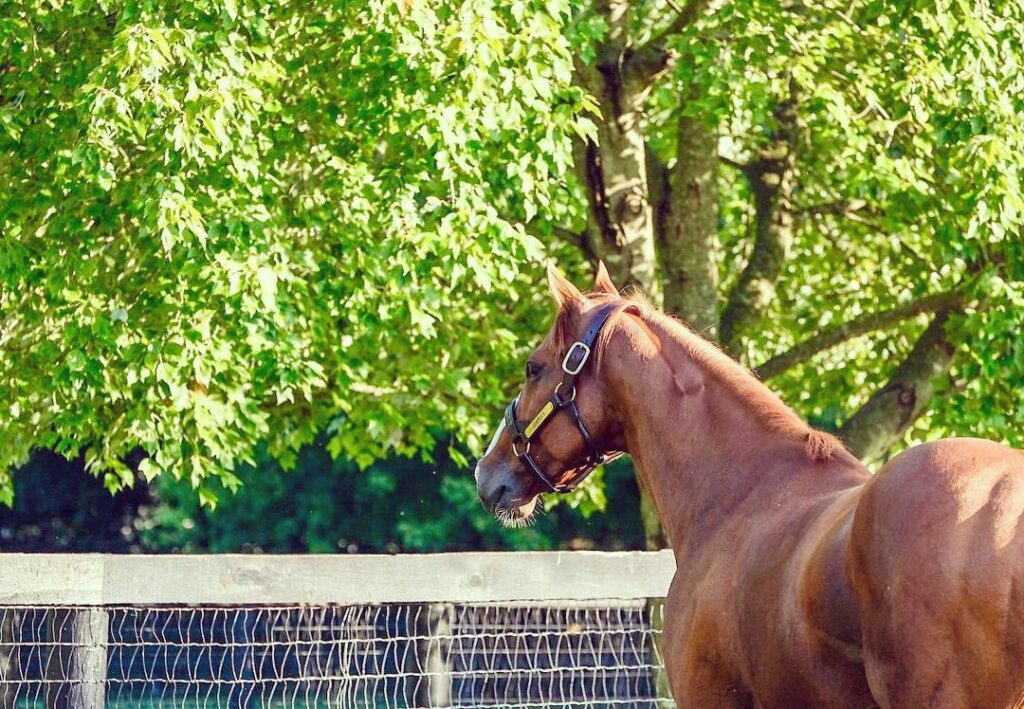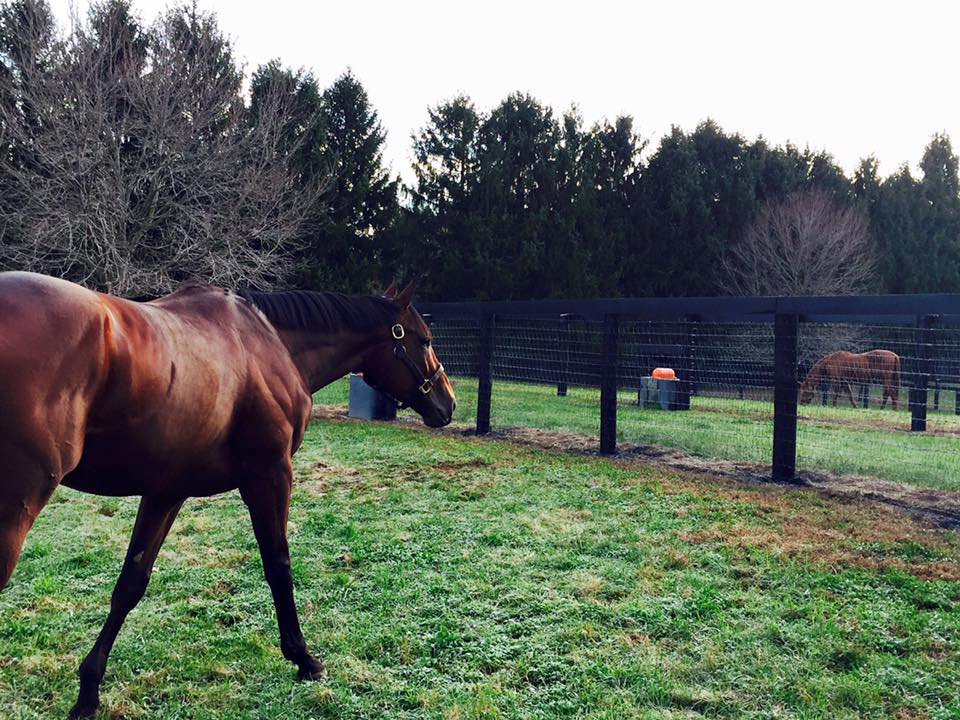To the point of crashing through a fence:
My horse is as wreckless as they come, and has never once come close to crashing through a fence in turn out. Those are referred to as “freak accidents” for a reason. Yes, she bucks and slips if it’s muddy, and races around for a minute or two.
My horse also will likely never slip on a grass derby field. Or if the footing is a little wet at a show. I see turn out as a HUGE competition advantage to the fancy derby horses who’s only exercise is lunging at home, or to the showjumper who doesn’t know how to place its feet it wet footing.
My horse will run through two trees that are a little too close together, will come back with minor scrapes and bleeding on a leg or her face, and has never once injured herself in turn out, even minor lameness. She’s 10 and I compete and jump year-round.
It would take a hell of a lot for a horse to get seriously injured in a pasture. And even then, my conscious would rather deal with that type of injury, the injury being “on the horse” (meaning it did it purely to itself) than me doing it in the competition ring or on it’s back.
Again, I believe this all boils down to you either care about the horse or your ego. Dani is clearly the latter.





